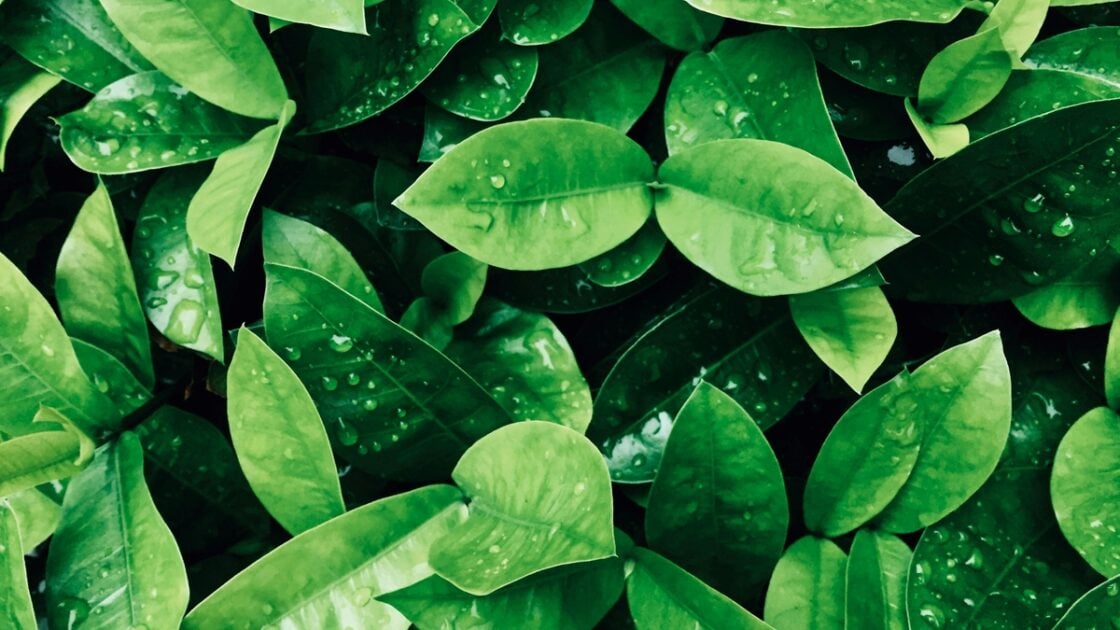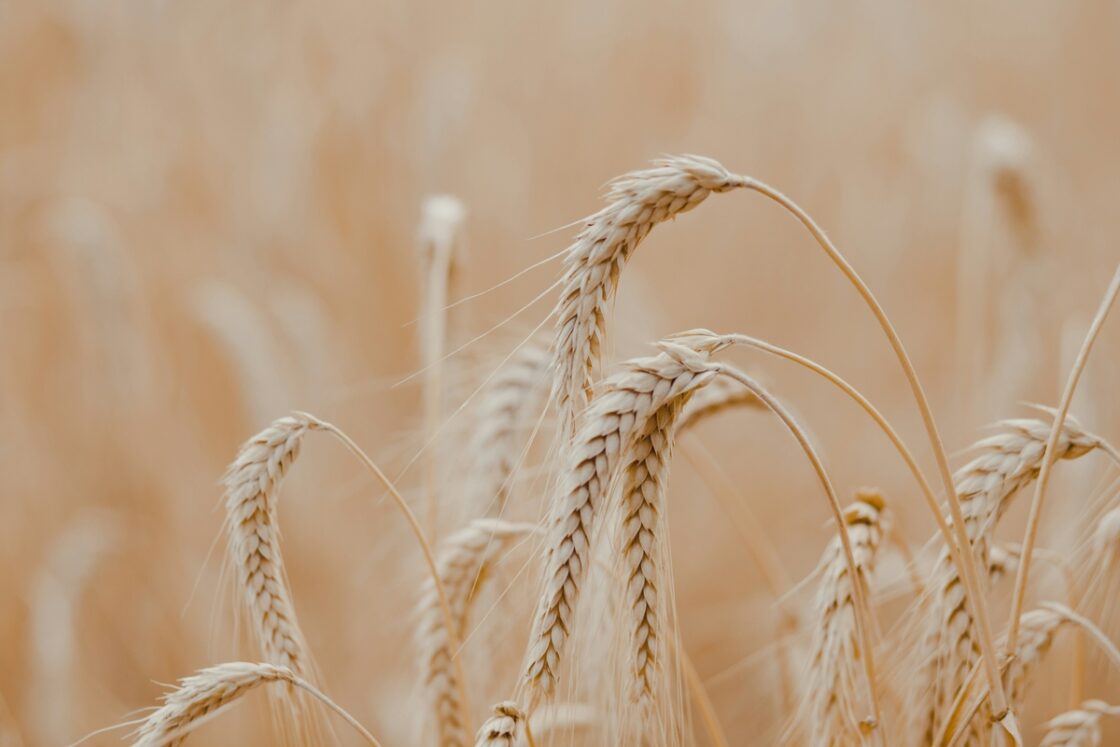
Microplastics are present everywhere, from Antarctic snow1 to polar freshwater in the remote Kola peninsula2 to the leaves of plants. Thanks to a new study from Nankai University, we now have a concerning idea of how they get there.
According to the study published in Nature in April, plant leaves can directly absorb microplastics from the air. While scientists had already identified microplastics in plants (their leaves, more specifically), this is the first evidence of plants absorbing the particles through the air rather than their root systems.
“Although terrestrial microplastics (MPs) can be absorbed by the roots, their upward translocation is slow,” wrote the study authors. “Our results demonstrate that the absorption and accumulation of atmospheric MPs by plant leaves occur widely in the environment, and this should not be neglected when assessing the exposure of humans and other organisms to environmental MPs.”
To summarize, plants absorb microplastics through the air simply by existing. The negative repercussions of this new finding are worrisome, to say the least.
We’re Poisoning Plants, and They’re Poisoning Us

In the new study, researchers examined plant leaves collected in four different locations in Tianjin, China: a manufacturing site, a public park, a landfill, and a university campus. Both polyethylene terephthalate (PET) and polystyrene (PS) were detected in the tested plants. And while Portuguese research on lettuce grown in urban vegetable gardens had already suspected a link between airborne microplastics and plant contamination, this study leaves no doubt as to how the contamination occurred3.
“There’s no nook or cranny on the surface of the earth that won’t have microplastics. […] It’s really unnerving to think about it.”
Janice Brahney, a scientist at Utah State University
Airborne microplastics have been found in varying concentrations in cities around the world. In Tianjin, researchers identified microplastics in concentrations of 324 items per cubic meter in 20194; 1.5 to 14 items per cubic meter were identified in Madrid in 2020. Janice Brahney, a Utah State University scientist and lead author of a 2020 study in Science5, tells the New York Times, “There’s no nook or cranny on the surface of the earth that won’t have microplastics. […] It’s really unnerving to think about it.6”
Microplastics Are Everywhere

The discovery of airborne microplastics being absorbed by plants is especially concerning because plant leaves are a primary nutrient source along animal and human food chains around the world. These new findings introduce yet another avenue by which microplastics can enter our diets and bodies.
Most people are already exposed to microplastics from a wide range of sources, and they’re not always what you’d expect. Research has found that the glue used to seal most tea bags is a source of microplastic contamination, and many beer brands have also been found to contain the tiny plastic particles. Traditional nonstick cookware is also lined with PFAS, which only increases the urgency of replacing your old pans with non-toxic nonstick cookware (not to mention plastic utensils!).
As a result of the omnipresence of microplastics, our bodies are already full of the stuff. Microplastics have been found everywhere from human placenta7 to breast milk8, and scientists have identified a 50% increase in the microplastic content of our brains since 2016.
The Effects of Microplastics on Human Health
So far, the presence of microplastics in our bodies has already been linked with health issues like endocrine disruption, metabolic disorders, and reproductive and developmental toxicity9. But the harmful effects of microplastics don’t end there.
A 2023 research review in Environment & Health showcased even more potential risks of exposure, from oxidative stress and DNA damage on the cellular level to dysfunction of our organ systems like the liver, intestine, brain, and airways. Other risks included systemic problems, like an increased risk of metabolic and immune disorders and neurotoxicity.
Microplastics May Contribute to Food Scarcity

But wait, there’s more! The negative repercussions of microplastic contamination in plants aren’t limited to potential health hazards. In March, a research review in Proceedings of the National Academy of Sciences found that microplastics damaged the ability of plants to photosynthesize.
“Humanity has been striving to increase food production to feed an ever-growing population [but] these ongoing efforts are now being jeopardized by plastic pollution.”
From a research review led by Professor Huan Zhong at Nanjing University
From there, the relationship between microplastics and photosynthesis could impact the productivity of the food system10. The analysis estimated that somewhere between 4 and 14 percent of the world’s staple crops of wheat, rice, and maize were lost due to the presence of these particles.
“Humanity has been striving to increase food production to feed an ever-growing population [but] these ongoing efforts are now being jeopardized by plastic pollution,” said the researchers, led by Professor Huan Zhong, at Nanjing University in China, at the time. “The findings underscore the urgency to safeguard global food supplies in the face of the growing plastic crisis.”
Sources:
- https://tc.copernicus.org/articles/16/2127/2022/tc-16-2127-2022.html
- https://www.mdpi.com/2079-7737/12/2/259
- https://www.nature.com/articles/s41598-023-40840-z
- https://www.sciencedirect.com/science/article/pii/S0304389422003739
- https://www.science.org/doi/10.1126/science.aaz5819
- https://www.nytimes.com/2020/06/11/climate/airborne-plastic-pollution.html
- https://www.sciencedirect.com/science/article/pii/S0160412020322297
- https://pubmed.ncbi.nlm.nih.gov/39064070/
- https://pubs.acs.org/doi/10.1021/envhealth.3c00052
- https://www.pnas.org/cgi/doi/10.1073/pnas.2423957122

